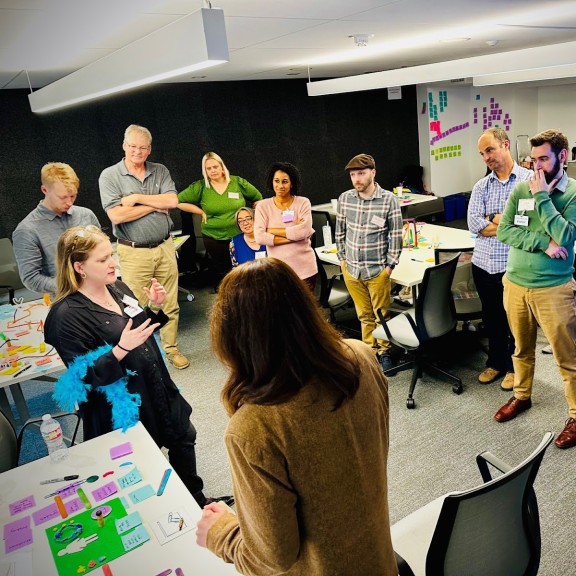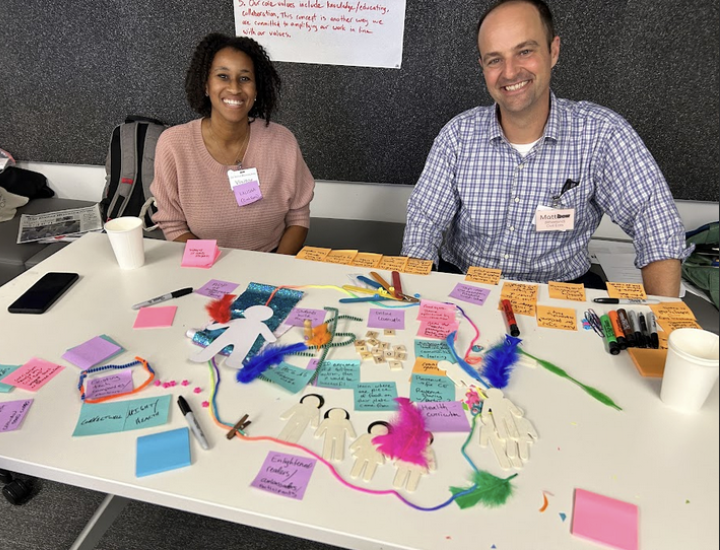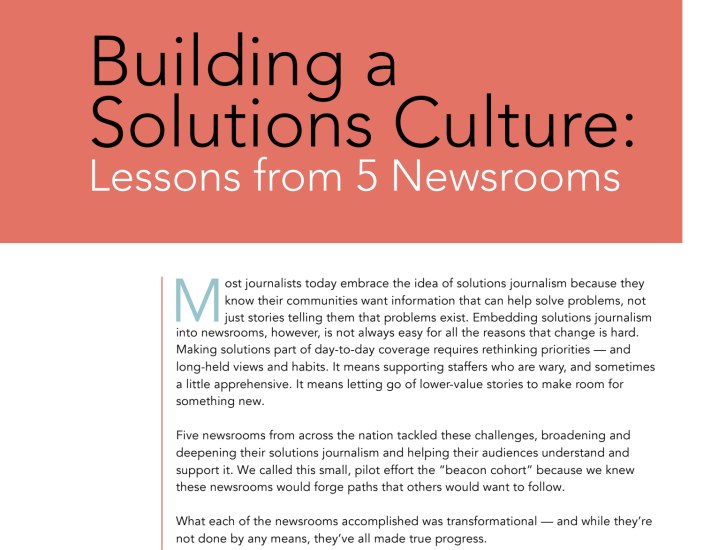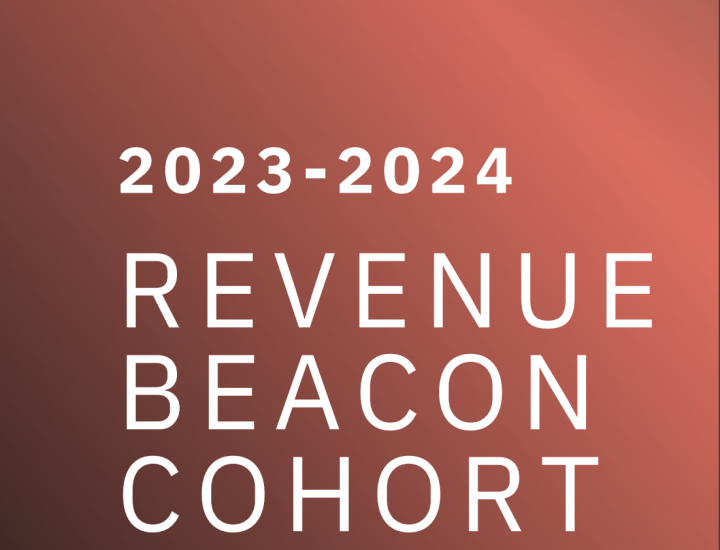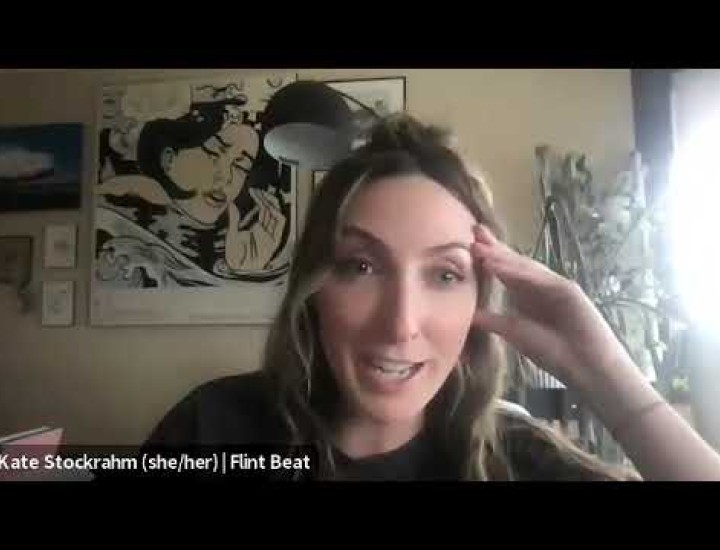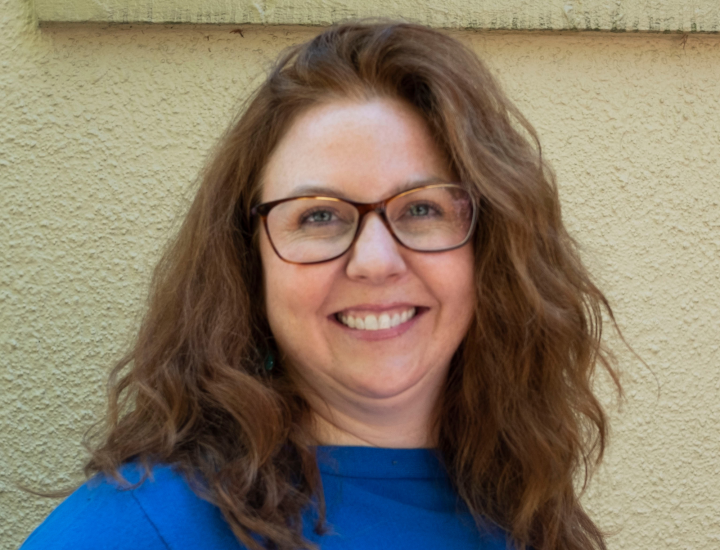Beacons
News organizations are becoming models (beacons) for how to build solutions journalism into regular coverage — and see its impact on audiences and their bottom lines.
Once journalists and newsrooms become familiar with the elements of solutions journalism and publish their first solutions stories, the next step is to figure out how to build regular solutions-focused coverage into their priorities and workflows. In other words, they want to work toward moving solutions journalism from a project to solutions journalism as a practice.
To help with that effort, the Solutions Journalism Network (SJN) launched the first Beacon initiative in 2022 with five talented and innovative news organizations that deepened and broadened the number and types of solutions stories they produced. Along the way, they learned a lot about how to make this important change in their newsroom culture and shared insights to help other journalists do the same.
Moving from project to practice is one important key to the kind of system-level change in journalism that SJN is supporting, aimed at building more rigorous reporting that gives communities the information they need to solve problems, not just identify them.
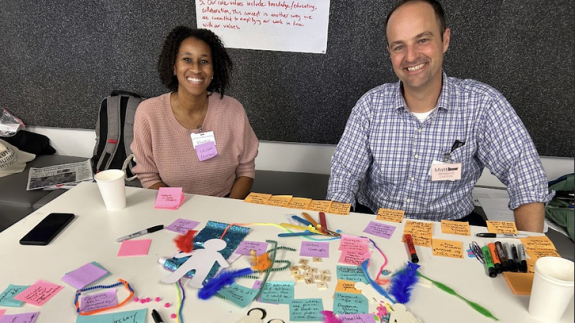
Members of the 2023-24 Revenue Beacon Cohort at the kickoff design session in Dallas.
